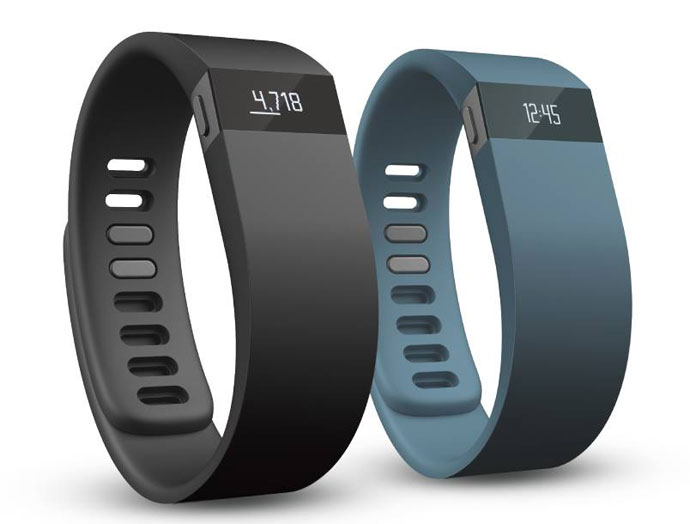Fitbit Force Causing Rashes, Company Offers Refunds
Wearers of the Fitbit Force are complaining that the tracker is causing rashes, blisters and general skin irritation, causing Fitbit to offer full refunds on the product.
The Fitbit Force is a bracelet that tracks the wearer’s physical activity. It’s meant to be worn at all times, even during sleep, so it’s safe to say the skin irritation isn’t simply a result of wearing the band for too long.
Fitbit is taking action to correct the issue. Spokespeople said in a recent statement published by Consumerist that they are looking into the situation. They offered a few possible explanations, such as a nickel allergy or a reaction to accumulated bacteria.
They also said that any customers experiencing problems can opt for a refund or exchange to rectify the problem.
Here’s the full statement from Fitbit:
We are aware that some of our customers have reported a skin irritation from wearing their Force device. We conduct testing in order to satisfy a variety of internationally accepted standards relating to the safety of the materials in our devices. Fitbit wristbands are made of an elastomer material similar to many sports watches and do not contain latex. The Fitbit Force clasps and casing are made with a surgical-grade stainless steel, which is commonly used in watches, jewelry and other products in contact with the skin.
As with any jewelry or watch, numerous factors could cause a skin irritation, such as nickel sensitivity (surgical stainless steel is an alloy containing traces of nickel), reactions to bacteria that can accumulate in wristbands, or a sensitivity to the material of the band elastomer.
However, our customers are our top priority, so we already have been taking steps to make this right with any customers who feel that they have an allergy related to their Fitbit device including offering a refund or a choice of a replacement tracker. Fitbit will handle all shipping costs and will provide a refund in any difference in price.
It’s unclear how many people are experiencing the problem, but Fitbit said in another statement that there is a “very limited” number of reports. That statement also instructed anyone having the problem to stop wearing the bracelet immediately.
For some reason, many people actually did need that instruction from Fitbit, as they didn’t think to stop wearing the bracelets. Some people instead opted to document the progression of their rashes or look for at-home solutions like covering nickel areas with electrical tape.










































